For the Birds: Passion and Happiness in the Mission Valley
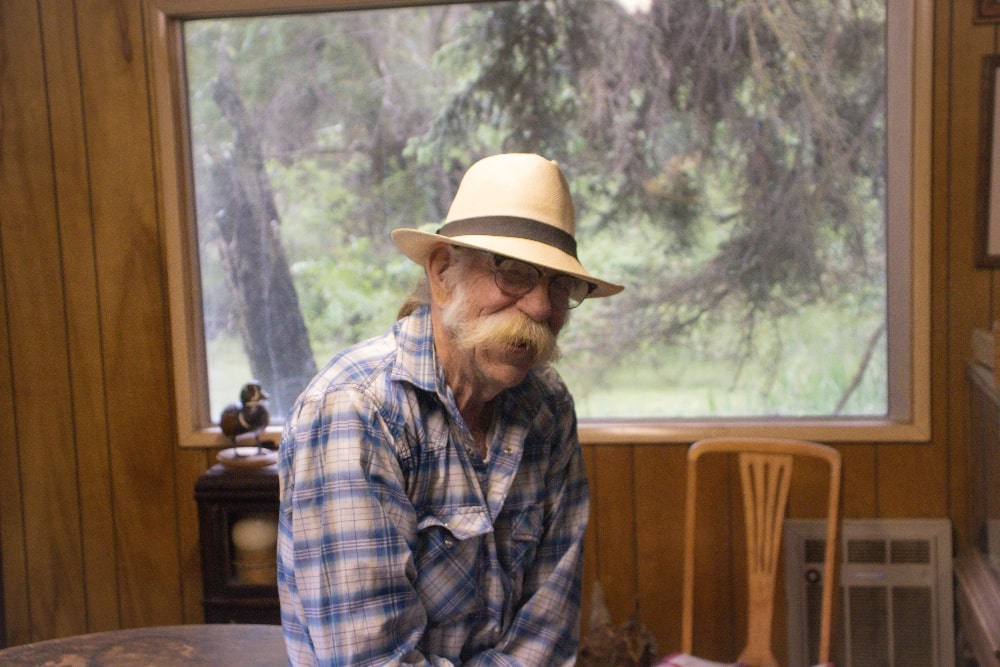
"Well, that’ll be just fine.”
John’s voice was bright but gruff, the way you imagine it would sound when a Western outlaw finally befriended you. It begins with a raspy lowness that lilts up into friendship. Looking at him, it would be difficult to imagine any other sound attached to his words. A long ponytail belies his decades spent ranching and tracking around western Montana. But his whiskered face sets the record straight: he's from the West. His long, white mustache, reminiscent of the gunslingers a century ago, covers a smile just as broad. In an instant, you move from suspicious to befriended, ever glad you met the “bird-man” of the Mission Valley. John eagerly granted a request to visit with him amongst the ponds and aviaries of the Montana Waterfowl Foundation, the place that has been his home for over four decades.
It becomes immediately apparent when first meeting John that laughter is his life-breath. One-liners, dead-pan wit, and puns to make dads proud everywhere are followed by belly laughs, if they are only sometimes his. Understanding the joke isn’t required to know he wants everyone to have a good time.
John’s father was a horseman who brought his son into the business. Early memories include rounding up colts in Canada to be brought back to Butte, broken, and then sold. When fall set in, they led string packs into the Bob Marshall Wilderness for outfitters, sometimes guiding themselves. The work was hard, but being close to the animals kept John connected to the trade. Connections to the animals went far beyond their serviceability as packers. During a delivery into the Bob his horse took a tumble on a steep cliff that threatened to end them both. “I saw hooves level with my eyes and thought that wasn't right as we rolled downward.” John was shaken, but his voice communicated that he was more concerned about how his saddle horse was faring. “I got him righted and then tried to right myself. I wondered what I was gonna do next when I saw Ddad’s light coming down the trail. I knew he would know what to check. Dad took a lotta good care of me.”
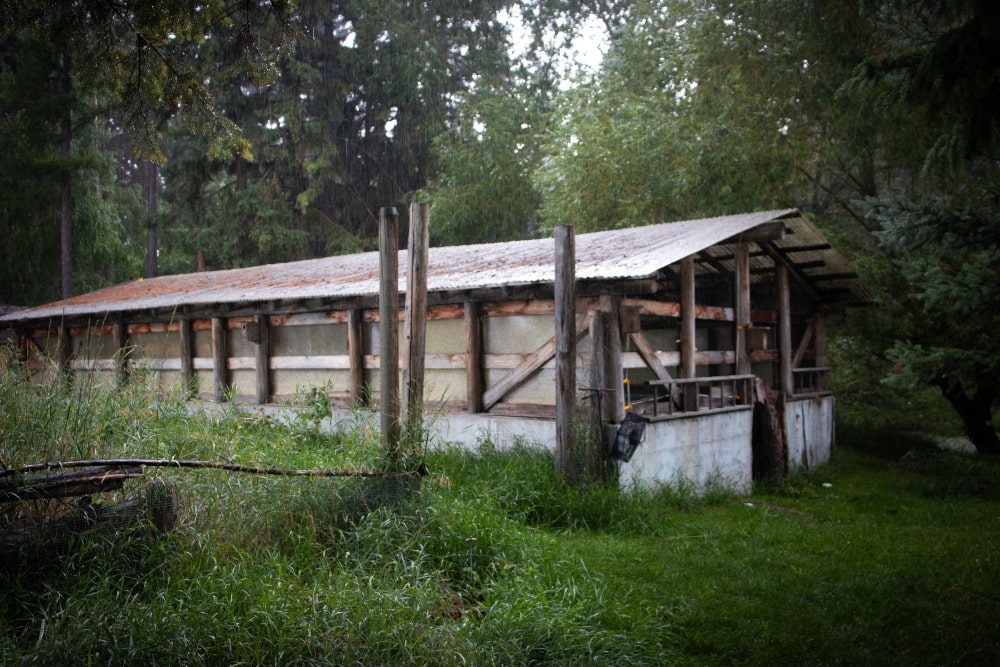
Between seasons of running stock, John earned his undergraduate degree in art from the University of Montana in Missoula. When he didn’t want to bother with classes, he was a regular downtown at the old Eddie’s Club—k. Known now as Charlie B’s, famous for the art and photography it nurtured within its walls. It was a scene akin to those in Paris with Ernest Hemingway, Pablo Picasso, Gertrude Stein, and James Joyce, except these Lost Generation parties included Monte Dolack, a favorite Montana son, and Mary Beth Percival, his late wife.
An original of Mary’s is prominently centered above his fireplace and elicits stories of those days. John's early artwork focused on using wax as a medium, with animals as the subject. Many of his sculptures are set among his later works in his place. For a time he went through waves of mediums, as so many artists do when experimenting. During his longest period he settled on photography, again choosing to put animals into the frame.
It was winter after another season of moving stock when the time came for John to find his own place, and happened to find himself in Ronan. An old trout farm, long unused, would become home. He knew the place was for him, even if there wasn’t a vision for its future. “When I walked through the gates, I wasn’t thinking about birds, they just happened to be here.” But that changed when a patron, Cathey Miller, offered to pay for the place if John turned it into a non-profit. He agreed, and soon after, a check appeared.
The Montana Waterfowl Foundation nestles between the Ninepipe National Wildlife Refuge and Kicking Horse Reservoir under some of the most picturesque mountains in Montana. Since 1991, it has championed a dual purpose: education of local conservation efforts and propagation of native waterfowl species. “This place is a sanctuary. There are still old growth trees, including the largest one on the Flathead Indian Reservation.”
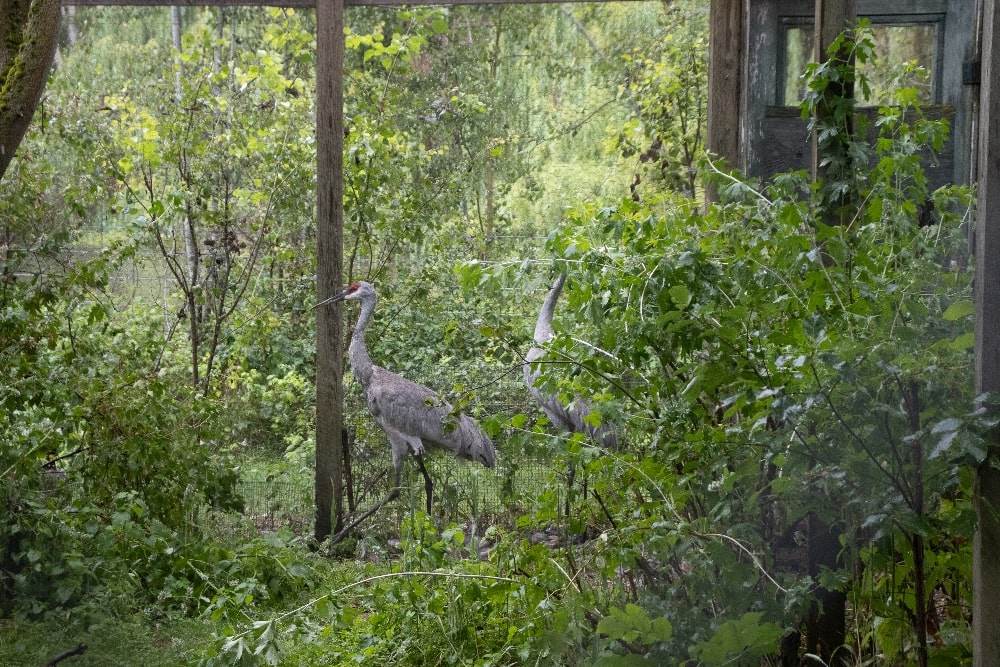
When asked what kind of tree it is, he smiles and says “an old one,” releasing his wit again. Several ponds ring property with runs connecting them, a remnant of its hatchery days. This made it ideal for it to be transformed into a waterfowl production protectorate.
Soon, the foundation became the epicenter for trumpeter swan recovery for the Salish-Kootenai Tribe. The tragic demise of a brooding swan created a need for its eggs to be incubated. They hatched, and those cygnets began an eighteen- year effort to restore swan populations in western Montana. Biologists for Montana Fish, Wildlife and Parks, Fish and Wildlife Services, and the Confederated Salish and Kootenai Tribe joined the project until its completion in 2022. By then over 600 swans could be found in the area and far into Washington, Wyoming, and Canada. The last release was especially meaningful to John. That brood had come to him as three- day- old chicks the parents had abandoned. They required constant supervision and nurturing, including some time spent in the house with John. “They were hard to let go, but oh, I loved to watch them fly.”
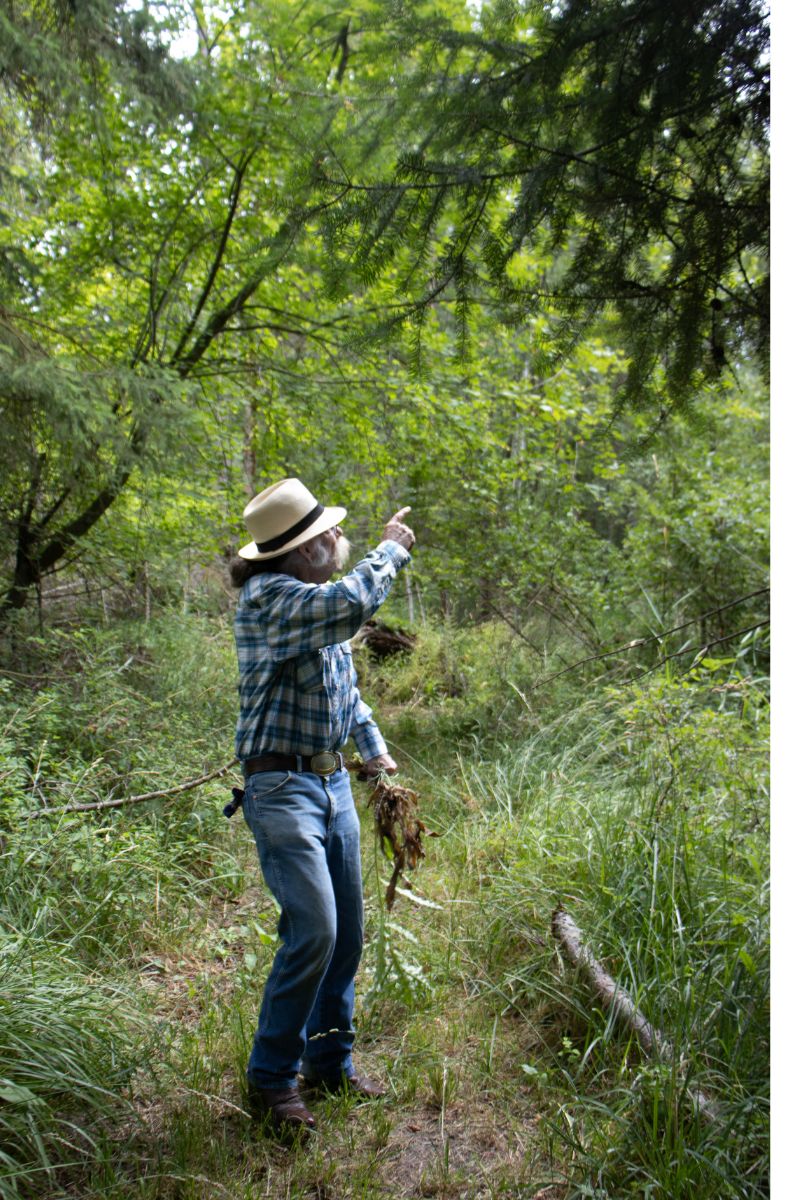 The first group of schoolchildren soon followed the foundation’s opening to be immersed in John’s joviality and nature. A teacher, from Ronan, brought a couple of dozen students to be led on a walk through the different habitats and aviaries. John knew this was his calling. He recounted a story of his favorite mule, Katie, and the path he once followed. She was a buckskin he broke while in the Sawtooth mountains and the last he ever kept. He wouldn’t be in the packing business anymore, disappointing his dad somewhat. “But he was happy I was taking care of stock [meaning waterfowl]. And they don’t hurt as much when they stomp on your foot.” A classroom next to the ponds houses bird taxidermy, paper wasp nests, hatched swan eggs, and fan art from the students who have profited from his words.
The first group of schoolchildren soon followed the foundation’s opening to be immersed in John’s joviality and nature. A teacher, from Ronan, brought a couple of dozen students to be led on a walk through the different habitats and aviaries. John knew this was his calling. He recounted a story of his favorite mule, Katie, and the path he once followed. She was a buckskin he broke while in the Sawtooth mountains and the last he ever kept. He wouldn’t be in the packing business anymore, disappointing his dad somewhat. “But he was happy I was taking care of stock [meaning waterfowl]. And they don’t hurt as much when they stomp on your foot.” A classroom next to the ponds houses bird taxidermy, paper wasp nests, hatched swan eggs, and fan art from the students who have profited from his words.
John has become a local celebrity after ushering nearly 10,000 students through his passion project. When walking into a bar recently a middle-aged man pointed a figure finger at him asking if he was the “bird guy.” When in grade school the man had visited John and “goddamn we had fun there.” John’s smile was wider than his mustache. His impact has been wider still and this author would know. As an early teenager working overseeing a service project to complete his Eagle Scout Award, he oversaw a service project to build a gazebo was built as a viewing station for one of the larger ponds. Thirty years later, it still stands.
Leading On a walk towards that same pond, we heard the chittering song of a red-winged blackbird was heard. John paused to enjoy it, as he had countless times before. He chuckled to himself and murmured, “Cheeky little guys. They sure as hell are.” It flew off to find its own way and sing elsewhere. Reflecting on where he is now and wondering about the future of his foundation and waterfowl everywhere, he didn’t focus on the worries, only the joys. “I’ve lived a really great life. I couldn’t imagine being happier.”



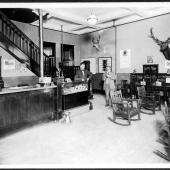
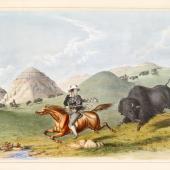
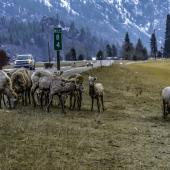

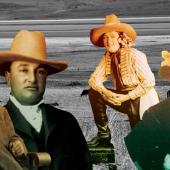
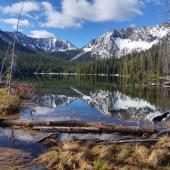
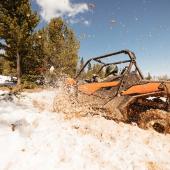


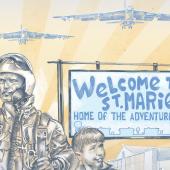
Leave a Comment Here